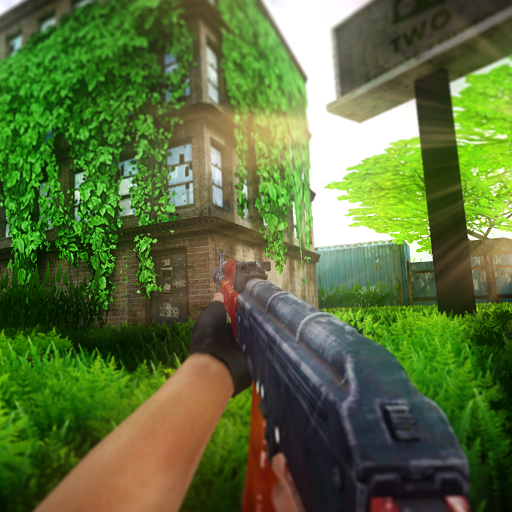Today, we bring you an overview of the modern warship Ushakov. In this naval combat mobile game, Modern Warships, which emphasizes realistic tactics and a balance of ship performance, the Ushakov has always maintained a "steady and moderate" presence among various fleet compositions. It does not belong to the top tier of firepower vessels, but with its compact structure, moderate firepower, and high operational tolerance, it demonstrates extremely high practical value in medium to low-intensity battles.
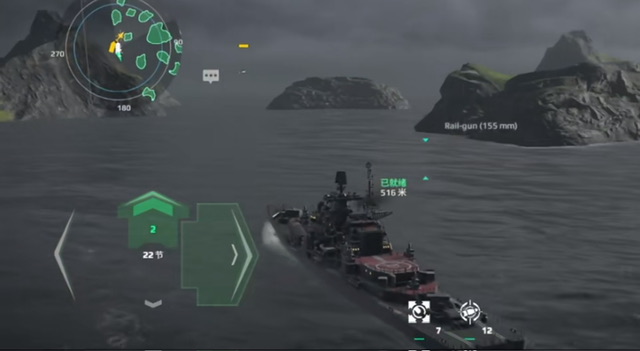
The design of the Ushakov maintains a highly balanced concept. From the hull structure, propulsion speed, maneuverability response to the ratio of weapon systems, it presents a state of "no weaknesses but also no extremes." For this reason, it consistently provides stable output and a high survival space in main tasks such as skirmishes, resource grabs, and patrol escorts. For players who have not yet accumulated substantial resources, the Ushakov is a cost-effective choice that can complete most daily tasks and tactical objectives without relying on frequent premium investments.
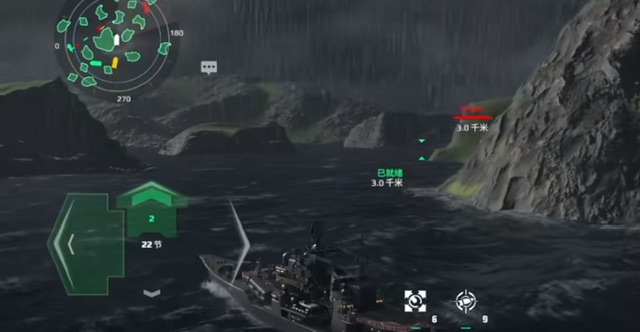
A closer look at its weapon system configuration reveals that the Ushakov tends towards a forward suppression tactical layout. Although the number of its missiles does not possess an overwhelming advantage, the response efficiency of its secondary gun systems and rapid-fire weapons is sufficient to maintain the pace of battle. In short engagements, it can achieve local suppression through quick targeting and precise strikes. A common tactic in actual combat is to approach enemy ships with a diagonal advance, then rely on a single burst from the main weapon to unload before disengaging. Although its single-round output capability is inferior to that of higher-tier missile ships, it still manages to deliver consistent damage between rhythm control and ballistic turnaround.
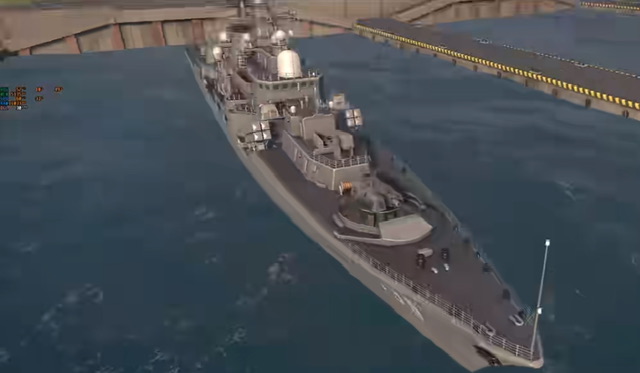
In terms of air defense, the Ushakov maintains a "manageable" level. The radar lock-on and interception system's response speed is moderate, capable of effectively dealing with conventional air raids. However, when facing high-density aerial fire or remote drone swarms, it still feels under pressure. At this point, team coordination becomes especially crucial, relying on teammates' long-range air defense support or electronic jamming capabilities to compensate for its disadvantages in high-intensity air combat.
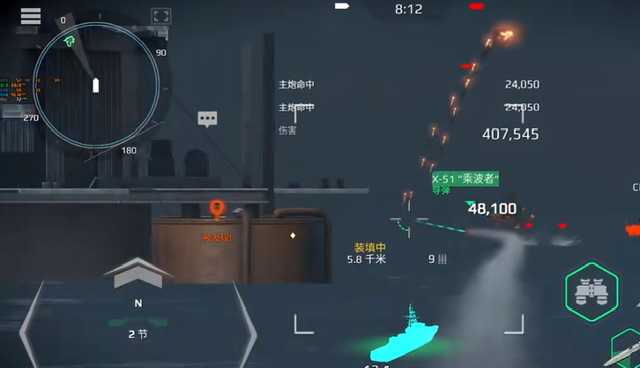
Tactically, the Ushakov is more suitable for short engagements, rapid advances, and medium-range suppression. Its operational flexibility in complex terrains is somewhat limited, especially in areas with dense cover like "mountain passes," where the large turning radius and fire coverage angles are restricted, making it difficult to exert sustained suppression. In such scenarios, it is advisable to perform support or rear echelon roles, avoiding direct head-to-head fire exchanges.
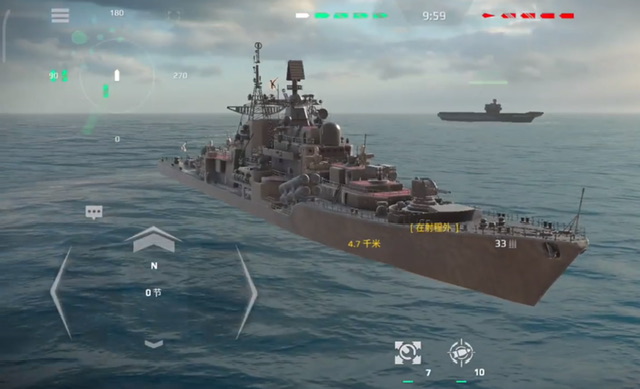
The Ushakov is positioned more as a tactical "stabilizer." It does not seek extreme data breakthroughs but can provide controllable tactical benefits in most scenarios. For player groups who focus on operational rhythm, resource allocation, and team coordination, this ship offers a highly balanced combat template.


















